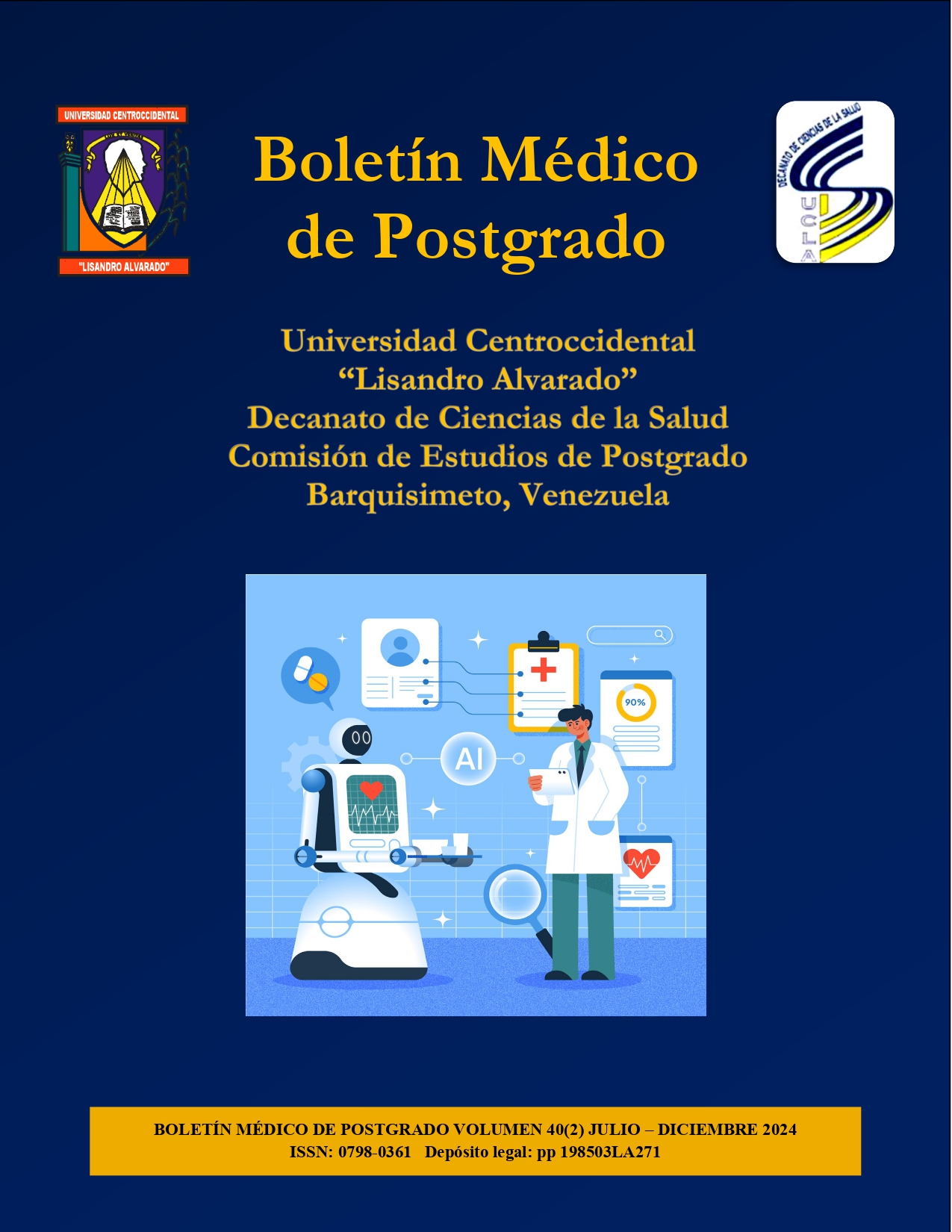Correlation between comorbidities, age group and Rock Index in Covid-19 infected adults in a South American Hospital
Abstract
The presence of comorbidities and longevity is associated with worse outcomes in patients with COVID-19 infection. A retrospective study of 306 adults infected with SARS-CoV-2 was conducted to evaluate the role of the ROX index and comorbidities according to age group as predictors of respiratory failure and mortality. In the inferential statistical analysis, OR odds ratios with confidence intervals greater than 95% were used as measures of association. Qualitative variables were evaluated using the Chi-square test or Fisher's exact test, and in the case of numerical or quantitative variables, the Student's t-test or Mann-Whitney test was used. The correlation between comorbidities and ROX index and cumulative mortality of the patients showed that in the group with less than one comorbidity n 89/306 (29.08%) the ROX index value was 5.42 (SD: 3.54-6.5) with a mortality of 9%. In the group between 1 to 4 comorbidities n 167/306 (54.57%), the ROX index value was 4.2 (SD: 3.1-5.3) with a cumulative mortality of 21%. Finally, the group with more than 4 comorbidities n 50/306 (16.33%) presented the lowest ROX index (2.88; SD: 2.43-3.33) and showed the highest mortality (64%). The present study showed a correlation between the ROX index and older age groups, showing a higher mortality in those older than 70 years and a higher rate of comorbidities and lower ROX.
Downloads
References
Roca O, Messika J, Caralt B, García-de-Acilu M, Sztrymf B, Ricard JD, et al. Predicting success of high-flow nasal cannula in pneumonia patients with hypoxemic respiratory failure: The utility of the ROX index. J Crit Care. 2016; 35: 200-5.
Roca O, Caralt B, Messika J, Samper M, Sztrymf B, Hernández G, et al. An Index Combining Respiratory Rate and Oxygenation to Predict Outcome of Nasal High-Flow Therapy. Am J Respir Crit Care Med 2019; 199(11): 1368-1376.
Chandel A, Patolia S, Brown AW, Collins AC, Sahjwani D, Khangoora V, et al. High-Flow Nasal Cannula Therapy in COVID-19: Using the ROX Index to Predict Success. Respir Care 2021; 66(6): 909-919.
Goh KJ, Chai HZ, Ong TH, Sewa DW, Phua GC, Tan QL. Early prediction of high flow nasal cannula therapy outcomes using a modified ROX index incorporating heart rate. J Intensive Care 2020; 8: 41.
Suliman LA, Abdelgawad TT, Farrag NS, Abdelwahab HW. Validity of ROX index in prediction of risk of intubation in patients with COVID-19 pneumonia. Adv Respir Med 2021; 89(1): 1-7.
Karim HMR, Esquinas AM. Success, or Failure of High-Flow Nasal Oxygen Therapy: The ROX Index Is Good, but a Modified ROX Index May Be Better. Am J Respir Crit Care Med 2019; 200(1): 116-117.
Mauri T, Carlesso E, Spinelli E, Turrini C, Dalla Corte F, Russo R, et al. Increasing support by nasal high flow acutely modifies the ROX index in hypoxemic patients: A physiologic study. J Crit Care 2019; 53: 183-185.
Hill NS, Ruthazer R. Predicting Outcomes of High-Flow Nasal Cannula for Acute Respiratory Distress Syndrome. An Index that ROX. Am J Respir Crit Care Med 2019; 199(11): 1300-1302.
Lee CU, Hwan Jo Y, Hyuk Lee J, Kim J, Min Park S, Eun Hwang J, et al. The index of oxygenation to respiratory rate as a prognostic factor for mortality in Sepsis. Am J Emerg Med 2021; 45: 426-432.
Panadero C, et al. High-flow nasal cannula for Acute Respiratory Distress Syndrome (ARDS) due to COVID-19. Multidiscip Respir Med 2020; 15(1): 693.
Hu M, et al. Application of high-flow nasal cannula in hypoxemic patients with COVID-19: a retrospective cohort study. BMC Pulm Med 2020 Dec 24;20(1):324.
Chandel A, Patolia S, Brown A, Collins A, Sahjwani D, Khangoora V. High-flow nasal cannula in COVID-19: Outcomes of application and examination of the ROX index to predict success. Respir Care 2020; 66: 909–919.
Lambermont B., Davenne E., Maclot F., Delvenne P. SARS-CoV-2 in carotid body. Intensive Care Med 2021; 47: 342–343.
Gallo Marin B, Aghagoli G, Lavine K, Yang L, Siff EJ, Chiang SS, et al. Predictors of COVID-19 severity: A literature review. Rev Med Virol 2021; 31(1): 1-10.
Published
How to Cite
Issue
Section

This work is licensed under a Creative Commons Attribution-NonCommercial-ShareAlike 4.0 International License.
Las opiniones expresadas por los autores no necesariamente reflejan la postura del editor de la publicación ni de la UCLA. Se autoriza la reproducción total o parcial de los textos aquí publicados, siempre y cuando se cite la fuente completa y la dirección electrónica de esta revista. Los autores(as) tienen el derecho de utilizar sus artículos para cualquier propósito siempre y cuando se realice sin fines de lucro. Los autores(as) pueden publicar en internet o cualquier otro medio la versión final aprobada de su trabajo, luego que esta ha sido publicada en esta revista.



